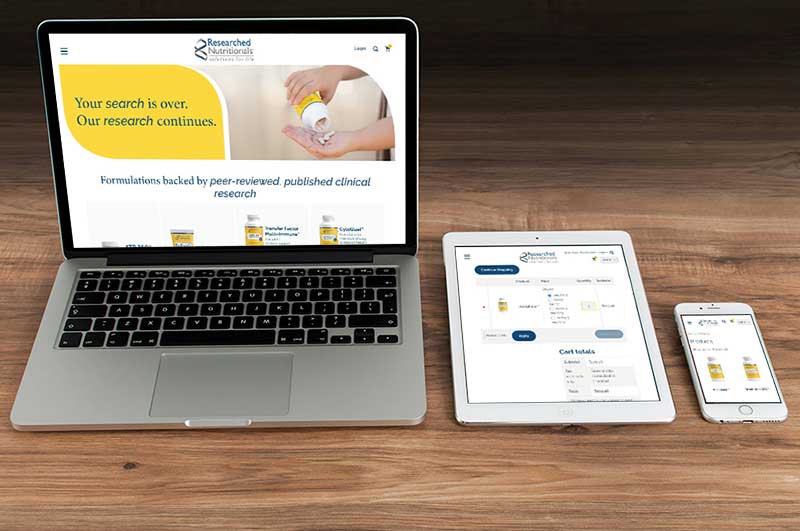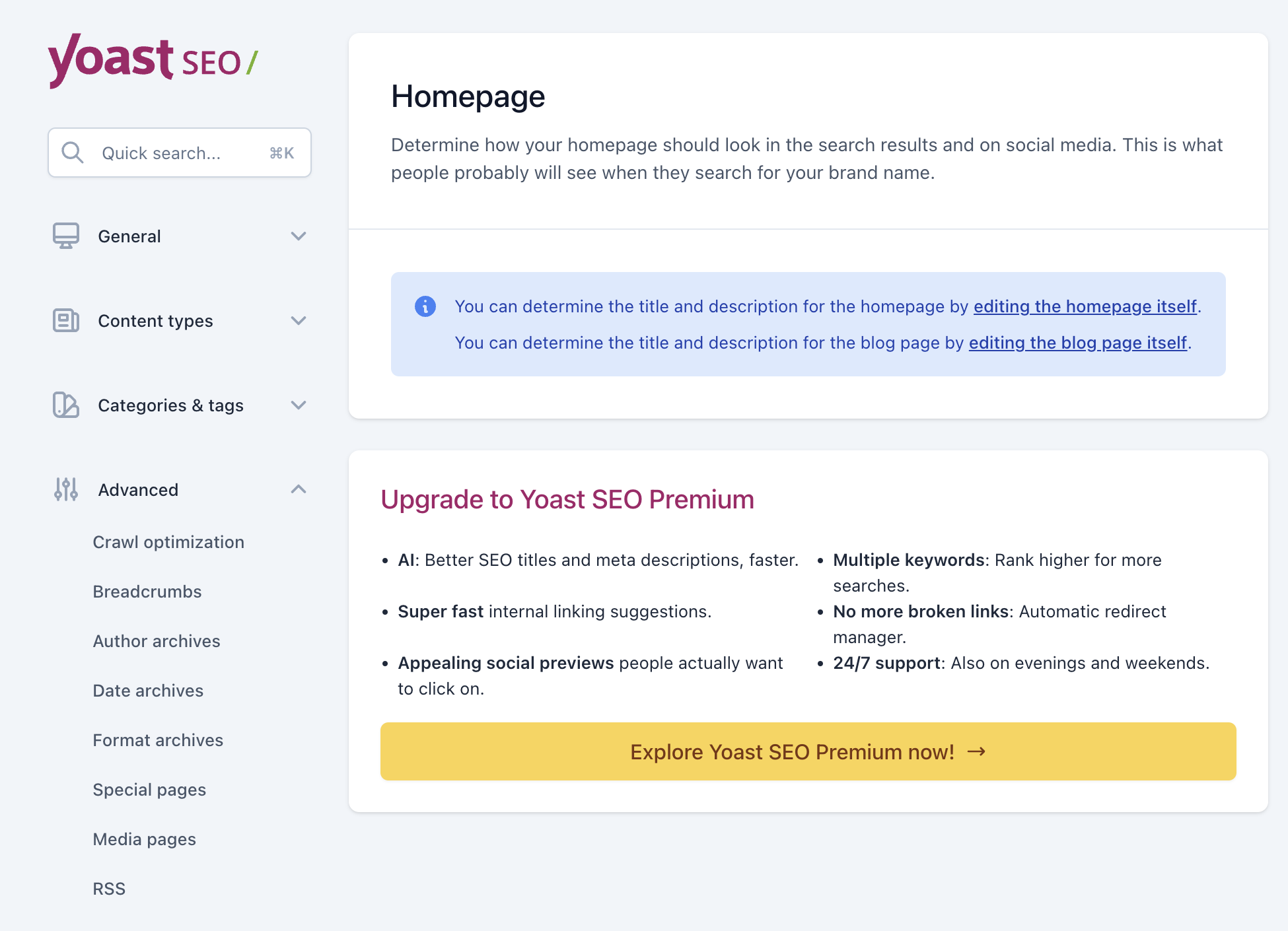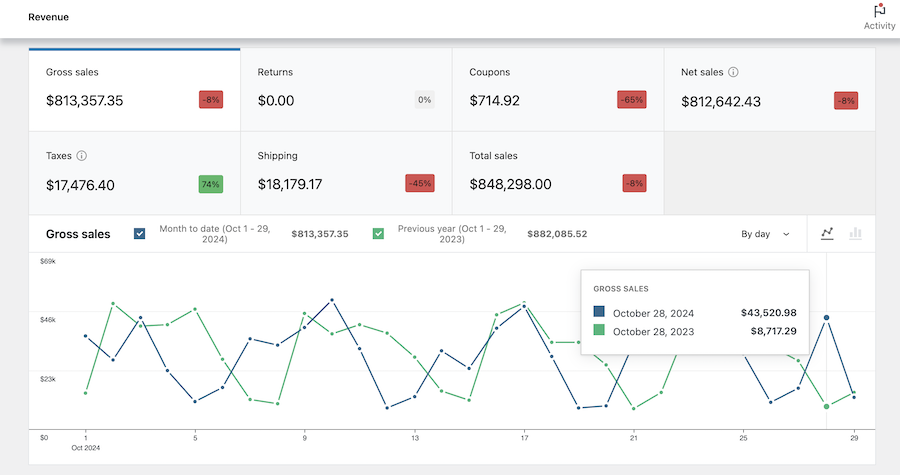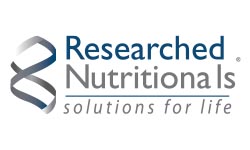Website migration can be a daunting task for businesses. Whether you’re moving to a new managed hosting provider, redesigning your site, or transitioning to a different platform, migration comes with risks and challenges that can impact your business if not handled properly. At NDIC, we specialize in seamless website migrations, ensuring that you avoid downtime, preserve SEO rankings, and maintain a great user experience. In this article, we’ll explore the top five challenges of website migration and how NDIC helps you overcome them.
1. Avoiding Downtime During Migration
One of the most critical concerns during a website migration is minimizing downtime. Downtime can disrupt user access, negatively impact your brand reputation, and lead to lost revenue, especially for e-commerce platforms.
How NDIC Solves This:
Our team ensures a smooth migration process by using a carefully planned staging environment. This allows us to test the new setup thoroughly before making the live switch. We time the migration during off-peak hours and monitor the process closely to ensure minimal interruptions. With NDIC, your business stays operational while we handle the transition behind the scenes.
2. Preserving Organic Traffic and SEO Rankings
Website migrations can pose a significant risk to your site’s SEO performance. Broken links, incorrect redirects, and changes to site structure can lead to a drop in organic traffic, lower search engine rankings, and a loss of domain authority.
How NDIC Solves This:
We follow a meticulous SEO migration strategy to maintain your site’s search engine visibility. This includes mapping out 301 redirects for any URL changes, retaining on-page SEO elements like metadata and alt tags, and ensuring that Google Analytics and other tracking tools remain functional. Our experts work to preserve your domain authority and search rankings, so your business continues to thrive post-migration.

3. Ensuring a Flawless User Experience
A website migration can affect the overall user experience (UX), especially if new features are introduced or the site’s layout is altered. Poor navigation, broken links, or inconsistencies in the design can lead to user frustration and increased bounce rates.
How NDIC Solves This:
At NDIC, we prioritize your users’ experience. We conduct extensive testing before going live, ensuring that navigation, functionality, and design remain consistent across all devices and browsers. Our team pays close attention to detail, from layout adjustments to mobile responsiveness, ensuring that your visitors have a seamless experience throughout the transition.
4. Maintaining E-Commerce Functionality and Sales
For e-commerce businesses, website migration involves additional challenges, such as ensuring that product pages, payment gateways, and inventory systems remain functional. Even a small error can lead to lost sales and customer dissatisfaction.
How NDIC Solves This:
We specialize in e-commerce migrations, ensuring that all features, from product catalogs to checkout processes, work flawlessly after the transition. Our experts test every aspect of your e-commerce platform, including integrations with third-party tools like CRMs, marketing software, and shipping providers. We also monitor your site post-launch to address any issues immediately, minimizing disruptions to your sales pipeline.

5. Post-Launch Quality Assurance
Many businesses focus solely on the migration process but overlook the importance of post-launch quality assurance (QA). Issues can arise even after the migration, including plugin conflicts, performance drops, or unoptimized features.
How NDIC Solves This:
Our support doesn’t end when your site goes live. NDIC provides comprehensive post-launch QA to identify and resolve any lingering issues. We perform load testing to ensure your site can handle high traffic volumes, monitor performance metrics, and provide updates to optimize speed and security. With our managed hosting solutions, your website remains reliable, secure, and up-to-date long after the migration.
Why Work with NDIC?
Website migration is a complex process, but NDIC takes the stress out of it. Here’s why businesses trust us:
- Expertise Across Platforms: Whether you’re migrating within WordPress or moving from another CMS, our team has the experience to manage the process smoothly.
- Custom Solutions: We tailor our approach to fit your unique needs, ensuring that every aspect of the migration aligns with your business goals.
- Comprehensive Support: From planning and execution to post-launch monitoring, we’re with you every step of the way.

Key Stages of a Successful Website Migration with NDIC
- Planning:
- In-depth consultation to understand your needs.
- Creating a migration roadmap.
- Backing up your existing site and data.
- Execution:
- Setting up a staging environment for testing.
- Conducting SEO and UX audits to ensure nothing is overlooked.
- Monitoring the migration to prevent downtime.
- Post-Launch:
- QA testing to address any issues.
- Performance optimization to improve speed and security.
- Ongoing support and updates to keep your site running smoothly.
Migrating a website doesn’t have to be a headache. With NDIC, you get a team of experts dedicated to making the process seamless and stress-free. Whether you’re redesigning, switching hosting providers, or scaling your e-commerce platform, we ensure that every step is handled with precision and care.
Ready to make your move? Contact NDIC today to start your hassle-free website migration!









































